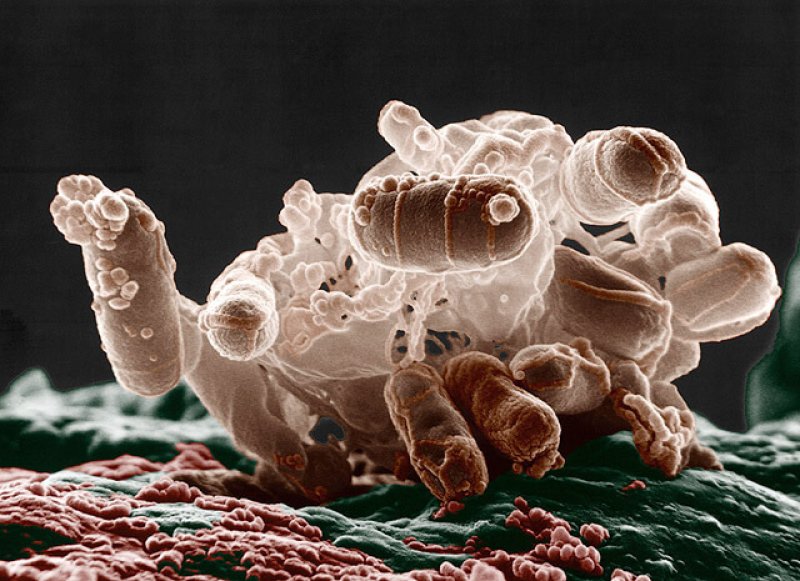Some of my friends are sporting wristbands these days that keep track of their bodies. Little computers nestled in these device inside record the steps they take each day, the beats of their heart, the length of their slumbers. At the end of each day, they can sit down at a computer and look at their data arrayed across a screen like a seismogram of flesh.
I got one of these devices as a gift recently. But as much as I enjoy wasting time with technology, I just didn’t care enough to put it on my wrist. I already know that I should run more, walk more, stand more, and avoid sitting in front of monitors more. I don’t need granular data to remind me of that.
But as I read the journal Genome Biology today, I decided that someday I might surrender to the Quantified Self movement. I’ll just have to wait till I can track my trillions of microbes from one day to the next.
Thanks to the falling cost of sequencing DNA, it’s now possible for us to survey the thousands of species that live in our bodies. A couple years ago, for example, I found out that I have 58 species in my bellybutton. But all I knew was that there were 58 species in my bellybutton at one point in time–that moment I swiped a Q-tip around my navel. But everything we know about bacteria tells us that our inner ecosystems can change swiftly. My bellybutton may be remarkably different today than it was when I put a Q-tip in it.
Read the full, original story: The quantified microbiome self































